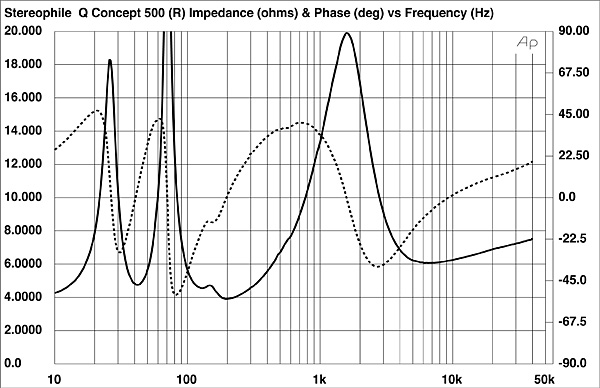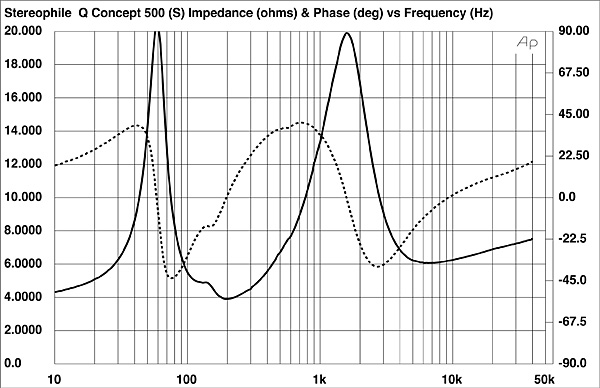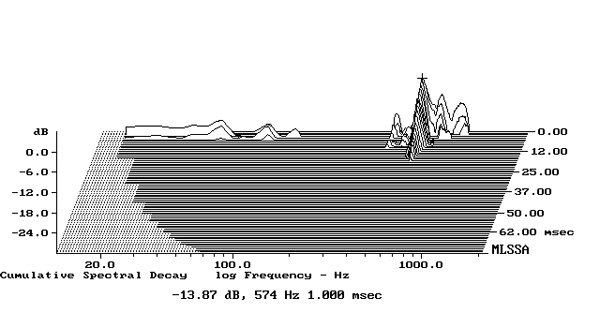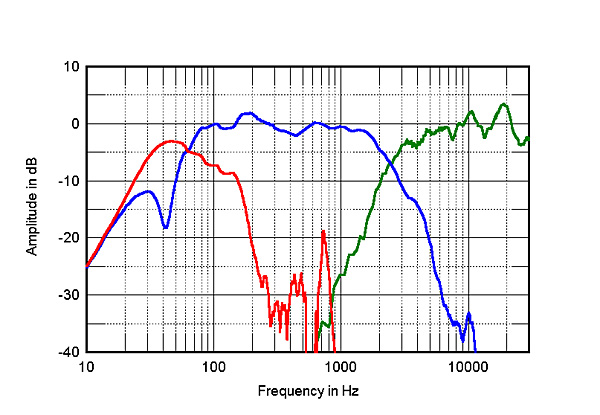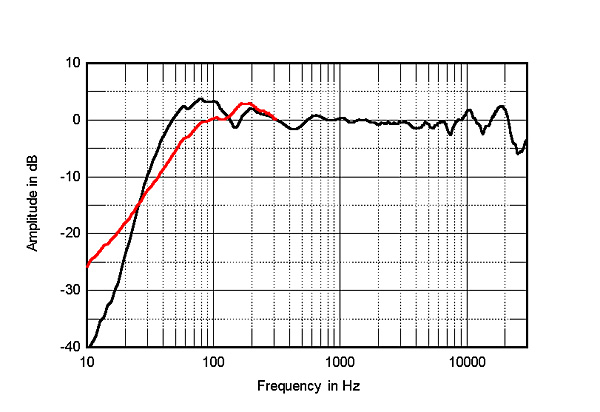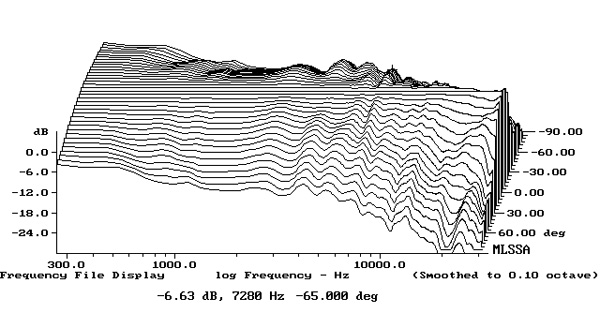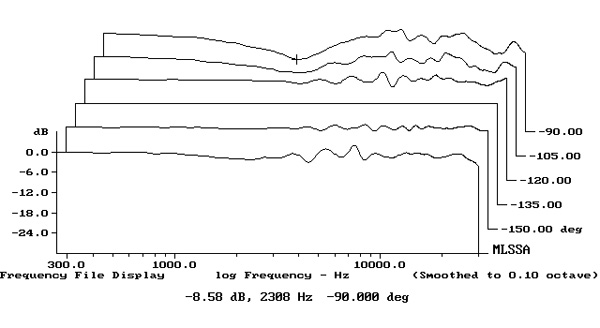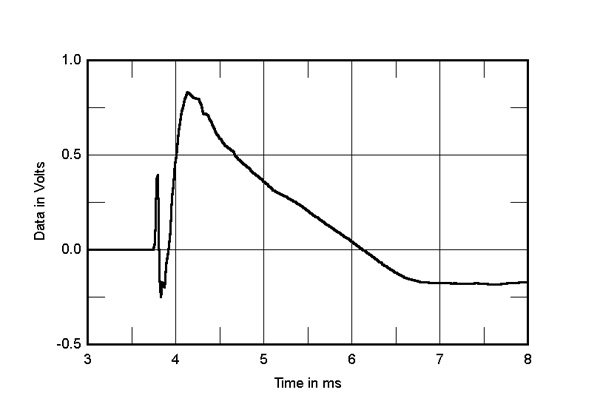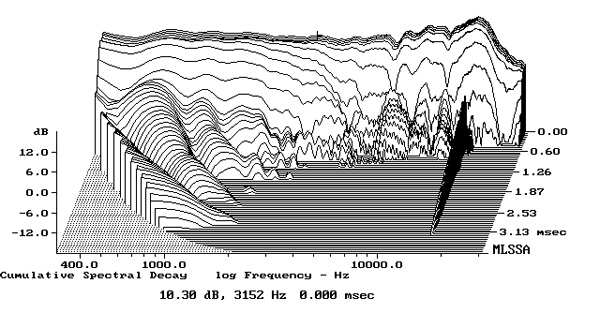| Columns Retired Columns & Blogs |
"The nearfield measurement technique ... results in a peak in the upper bass..."
I've noted that a dip almost always occurs just above that peak--in this case, a very shallow dip between 300-500Hz. Is that also an artifact of the measurement technique? Just curious, since you have never commented on these dips. Why would so many speakers have a dip in the lower midrange?
